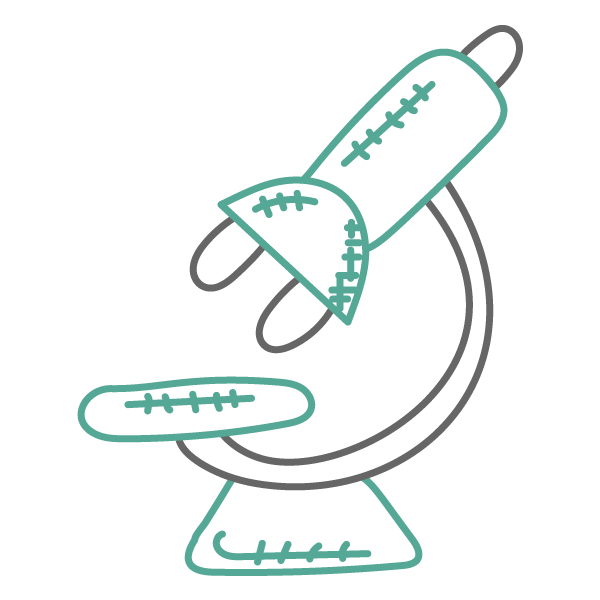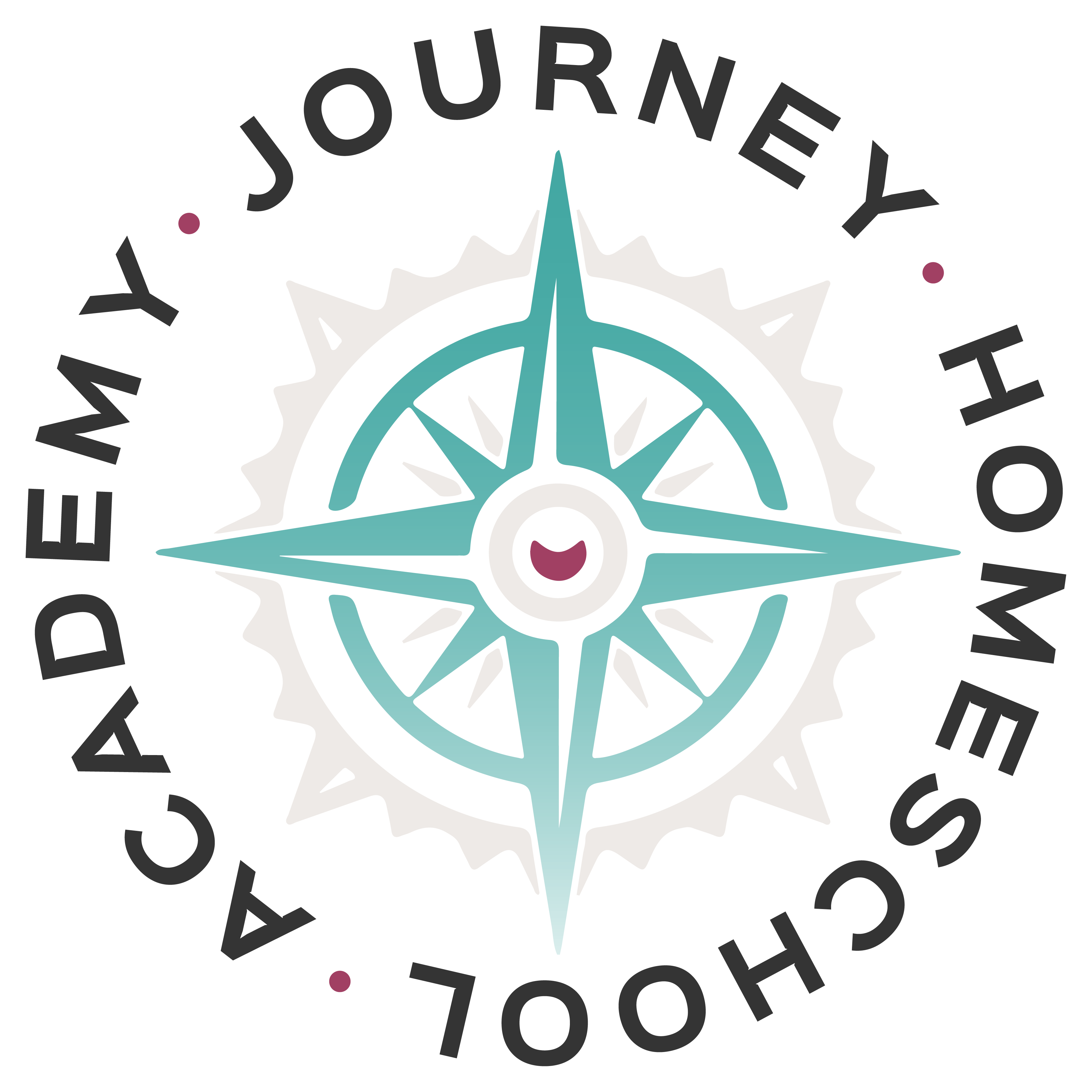
Earth Science Explored Lab & Activity Supplies
For our junior high-level science classes, we try to keep specialty lab supplies to a minimum in order to make the class and activities accessible for all families. Below you’ll find options for where to purchase the few specialty items required, along with a complete list of lab supplies needed for each lesson in Earth Science Explored.
Purchasing Lab Supplies
We have partnered with Cornerstone Educational Supplies to provide our Earth Science Explored lab kit. Cornerstone provides high quality geologic supplies at an affordable price for homeschool families!
The Earth Science Explored Lab Kit
This kit provides the necessary mineral and rock specimen along with some other supplies that may be helpful to easily have on hand while completing the lessons:
- 15 mineral specimen (lesson 9)
- 15 rock specimen (lesson 10)
- streak plate, glass tile, magnifier, and nail (lessons 9 and 10)
- dilute HCl (lessons 9 & 10)
- geologic time scale
- balloon (lesson 11)
- 2 sponges (lesson 15)
- epsom salt (lesson 15)
- white glue (lesson 15)
- modeling clay (lesson 15
- 2 thermometers (lesson 22 & 23)
Please note: there are still some other household items that will need to be sourced. See the complete lab supply list below.
Canadian Families
Please see this page for a special note on sourcing lab supplies.

Complete Lab Supply List by Lesson
Lesson 1: Metric System Practice & Map Your House!
- Ruler
Lesson 2: Potato Island
- Ruler
- Marker or pen
- Pencil
- Potato
- Cutting board
- Sharp knife
- Parent to help with slicing your object into sections
Note: This lab uses a sharp knife. Be sure a parent is present to supervise or help as needed!
Lesson 3: Modeling Earth’s Spheres
- A container such as a large Mason jar, gallon bag, or clear plastic bin with a lid
- Soil from outside, or potting soil
- Several small plants
- Water
Lesson 4: Timeline of the Theory of Plate Tectonics
- Construction paper
- Tape
- Ruler
Lesson 5: Exploring Plate Tectonics
- 2 Snickers or Milky Way candy bars
- Paper plate or napkin
- Paper
- Pencil or pen
Lesson 6: Volcano Study
- Colored pencils
Lesson 7: Finding the Epicenter of an Earthquake
- Compass (drawing tool used for geometry)
- Blank paper
- Straight edge
Lesson 8: Exam 1 (NO LAB)
Lesson 9: Mineral Identification
All the supplies for this lab, other than the penny, are included in the Rock & Mineral kit (linked below) from Home Science Tools.
- Rock and Mineral Kit from Cornerstone or Rock and Mineral Kit from Home Science Tools
- Magnifier
- Steel nail
- Streak plate
- Penny
Lesson 10: Observing Rock Features
- Rock and Mineral Kit from Cornerstone or Rock and Mineral Kit from Home Science Tools
- Distilled white vinegar
- Penny
- Steel nail
Lesson 11: Chocolate Ice Wedging & Erosion Simulations
- Small balloon
- Magic Shell chocolate
- Bowl
- Paintbrush
- Plate
- Freezer
- 2 large disposable roasting pans
- Soil or dirt
- Newspapers
- Real or plastic plants or trees
- Water
- Watering can or container to pour from
- 2 houses or shelters made of cardboard or cardstock paper
Lesson 12: Exploring the Water Cycle
- Cooking pot filled with water
- Pie plate filled with ice cubes
- Pot holder glove
- Blank white paper
- Pencil
- Word bank
Lesson 13 & 14: Exploring Geologic Time Theories
- Access to your online classroom
Lesson 15: Make Your Fossils
- 1 cup water
- Stove
- 2 kitchen sponges
- Small dish*
- Small pot
- ½ cup Epsom salt
- Food coloring
- Modeling clay
- Small natural item like a twig, clean bone, seashell, green leaf, etc.
- White glue
*Any household dish that is large enough the sponge can fit in, but small enough it can be completely submerged in 1 cup of water.
Lesson 16: Exam 2 (NO LAB)
Lesson 17: Sinking Ships
- 2 buckets
- Table salt
- Large spoon for stirring
- Pennies
- 17 cups of water
- 2 toy boats or other containers (will be used to hold pennies and float in water — small, plastic dressing containers used at restaurants would work well)
Lesson 18: Modeling Ocean Currents
- Clear Pyrex loaf pan or small square pan
- Water
- Ice
- Two colors of food coloring (preferably red and blue)
- Spoon for stirring
- Towel that can be stained without worry
- Strainer
- Pot for boiling water
- Two vessels for holding water, one for hot water and one for cold water (coffee mugs work well)
Lesson 19: Investigating Tides
- Supplied data table and graph
- Pencil
Lesson 20: Hydrothermal Vent Model
- Access to your online classroom
Lesson 21: What’s the Pressure in Your Neighborhood?
- 12 oz clear glass bottle with a straight neck (such as a glass soda bottle) with labels removed
- 18 oz clear glass or plastic jar (peanut butter jar or quart-sized Mason jar would work) with labels removed; the opening should be narrower than the width of the glass bottle
- Food coloring
- Rubber band
- Piece of cardstock
- Sharpie or permanent marker
- Ruler with centimeter marks
Lesson 22: Exploring Heat Transfer
-
Mop bucket
-
Large tin can with the label removed (28 oz can would work well)
-
Coffee pot or tea kettle to heat water
-
2 thermometers
-
Data table
-
Pencil
-
Stopwatch or timer
-
Colored pencils
Lesson 23: Land and Sea Breeze Exploration
- 2 plastic cups
- 2 thermometers
- Soil
- Water
- Lamp with 200-watt incandescent light bulb
- Books that stack sturdily
- Timer or stopwatch
Lesson 24: Become a Meteorologist for a Day
-
Weather map printable
-
Data table
-
Blank paper
Lesson 25: Tracking a Hurricane
-
Colored pencils: green, yellow, & red
Lesson 26: The Great Biome Mystery
-
Ruler
-
Colored pencils or markers
Lesson 27: Exam 3 (NO LAB)
Lesson 28: Length of Days
-
Pen or pencil
Lesson 29: Sunspot Cycle
- Provided data table to yearly average sunspots
- Provided graph
- Pencil or black pen
- Two colored pencils (red and blue)
Lesson 30: The Distances of the Solar System
- Stretch of land at least 50 yards long
- 16 straight sticks (wooden skewers or kebab sticks work well)
- Flag cutouts
- Glue
- Tape measure
Lesson 31: Lunar Eclipse Viewing Guide
- Pen or pencil
- Link located in online classroom
Lesson 32: Gelatin Strip Mining
- Gelatin in 4 different colors: red, green, yellow, orange
- 12-oz clear cups (2)
- Spoon
- Small dish to hold extra gelatin
Lesson 33: Observing Eutrophication in Pond Water
- 4 jars about 4 oz each (baby food jars work well)
- Pond water
- 2 tsp fertilizer, like Miracle Gro
- 9 coffee filters
- Eye dropper or disposable pipette
- Mason jar with a lid
- Sharpie
Lesson 34: One Planet, Many Spheres
No Lab
Lesson 35: Exam 4 (NO LAB)

